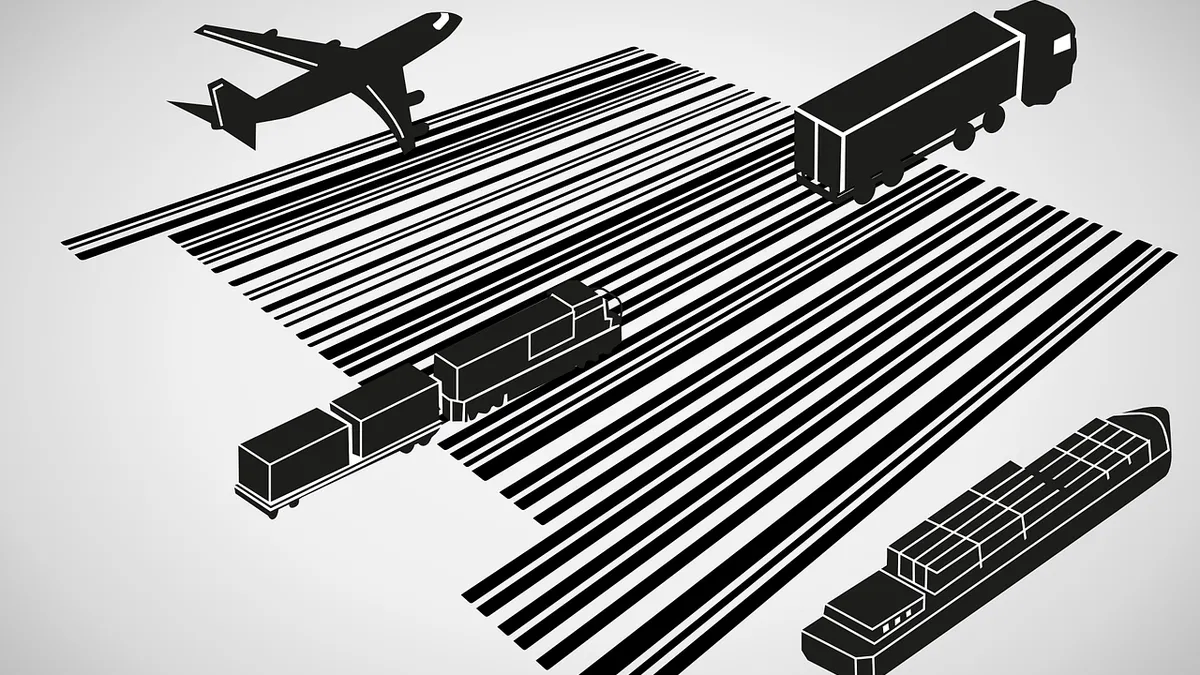Dive Brief:
- High demand could lead Internet of Things (IoT) makers to triple production by 2022, shipping $70 million worth of devices in the next five years compared to $22 million today, according to a recent report by Mobile Experts.
- Current growth is predicated on technology improvements such as better long-range communications, extended battery life, and lower prices.
- Bar codes and RFID tags remain the most popular asset-tracking tools for retail and logistics, but they are limited in range and real-time capabilities. These limits open the door for new IoT tech providing real-time data.
Dive Insight:
Once a buzzword, supply chain visibility seems attainable today as new technologies facilitate data collection and real-time tracking. In fact, the need for tracking devices continues to grow, as regulations require logistics providers to safeguard perishables and keep better track of hours-of-service.
The question that remains is whether this new technology will actually catch on, or if it will be hyped to little use, such as RFID.
Retail analysts have praised RFID for its cheap costs and benefits to inventory management since the turn of the century, but retailers delayed deployment of the technology. Yet Retail Technology Review reports that even when they do utilize the tech, retailers often give up on efforts due to the complexity of changing inventory management strategies and having to retrain associates to adapt.
IoT devices may have better luck, however. A recent emphasis on omnichannel sales, which requires more accurate and timely tracking of products across various points of sale, may add an incentive to adopt new technology. Meanwhile, the rise of Big Data tools across various industries will help companies generate insights from gathered information, as opposed to just a location.
In other words, industry trends and the report suggest asset-tracking technology will be increasingly prominent in the next five years, but it may depend on how accessible the tools are for users.













